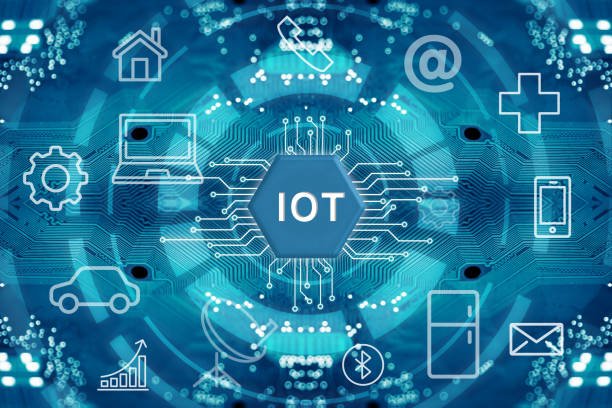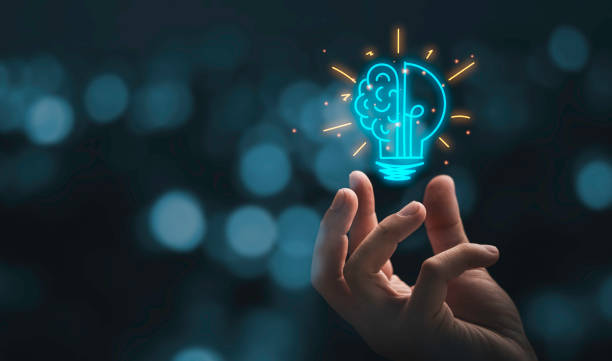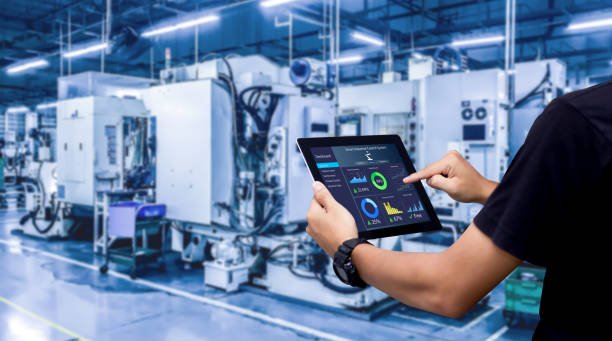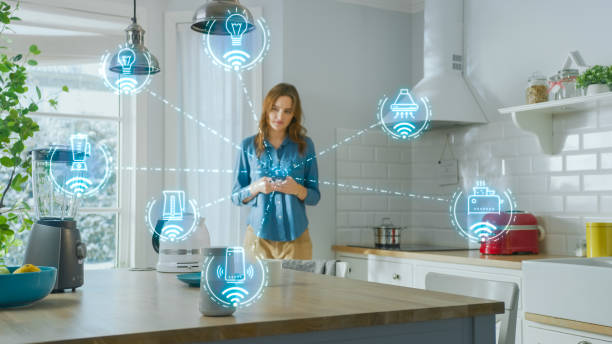Presentation: Internet of Things
The Internet of Things (IoT) has arisen as an extraordinary mechanical unrest as of late, reshaping the manner in which we connect with our environmental elements and one another. An idea has quickly developed from sci-fi to the real world, promising to interface, for all intents and purposes, each item and gadget to the web, making a consistent trap of correspondence and information trade. In this article, we will dig into the universe of IoT, investigating its set of experiences, current applications, future potential, and the ramifications it has for our general public.

Grasping the IoT
The Internet of Things refers to the organization of interconnected actual articles, gadgets, vehicles, structures, and even people that are inserted with sensors, programming, and different innovations, permitting them to gather and trade information over the web. This organization empowers these gadgets to speak with one another, investigate information, and pursue choices independently, all without human mediation.

The Development of Internet of Things
While the expression “Web of Things” may appear to be somewhat new, the idea has been around for a very long time. It can trace its foundations back to the beginning of the web, when specialists and researchers initially started investigating interfacing ordinary items with the web.
In 1982, a Coke machine at Carnegie Mellon College became perhaps the earliest gadget to be associated with the web. This candy machine was outfitted with sensors to screen the stock and temperature of its beverages and could report this data over the web to guarantee that it was constantly supplied and the beverages were cold.
Notwithstanding, it was exclusively in the 21st century that the IoT genuinely picked up speed. Progressions in scaling down, remote correspondence, and sensor advances, combined with the expansion of cell phones, established the ideal climate for IoT to thrive.
Current Uses of the Internet of Things
The Internet of Things has tracked down applications in essentially every industry, changing the manner in which we live and work. Probably the most outstanding current applications include:
Brilliant Home Computerization: IoT gadgets have made it conceivable to control lighting, heating, security, and theater setups from a distance. Shrewd indoor regulators, lights, and cameras have become family staples.
Medical services: IoT is reforming medical care through wearable gadgets that screen imperative signs, brilliant pill allocators, and far-off-tolerant observing frameworks. These advancements are working on persistent consideration and diminishing medical service costs.
Transportation: associated vehicles furnished with IoT sensors and frameworks are improving security and productivity on the streets. Independent vehicles are likewise a promising IoT improvement that intends to change the eventual fate of transportation.
Horticulture: IoT sensors and robots are assisting ranchers with checking soil conditions, climate, and harvest wellbeing. This information-driven approach is expanding crop yields and managing cultivating rehearsals.
Producing: The IoT is streamlining fabricating processes by empowering prescient support, continuous hardware checking, and proficient store network management.
Savvy Urban Communities: Urban communities are becoming more astute and more maintainable with IoT. Shrewd traffic signals, squandering the executive’s frameworks, and natural observing are only a couple of instances of how IoT is working in metropolitan living.
Retail: IoT is improving retail insight through savvy racks, clerkless stores, and customized showcasing in light of ongoing client information.
Natural Observing: IoT sensors assist with checking and alleviating ecological issues like air contamination, water quality, and environmental change.

Future Capability of IoT
However noteworthy the ongoing utilization of IoT may be, its future potential is significantly invigorating. Here are a few ways in which IoT is ready to reshape our reality:
5G Coordination: The rollout of 5G organizations will essentially upgrade IoT abilities, empowering quicker information transmission and lower dormancy. This will be pivotal for applications like independent vehicles and expanded reality.
Edge Figuring: IoT gadgets will progressively depend on registering, permitting information to be handled locally on the gadget as opposed to sending it to a concentrated cloud server. This will diminish idleness and further develop information security.
Man-made intelligence and AI: The blend of IoT and computerized reasoning will empower gadgets to pursue more modern choices and adjust to changing conditions independently.
Medical services developments: IoT will keep on changing medical care, with the potential for distant medical procedures performed by robots, man-made intelligence-controlled diagnostics, and, surprisingly, further developed wearable gadgets.
Ecological Supportability: The IoT will play a pivotal role in observing and relieving the impacts of environmental change, considering more educated choices on protection and asset management.
Store network advancement: The inventory network industry will profit from IoT-driven developments like constant following of products, prescient upkeep of conveyance vehicles, and further developed stock administration.
Difficulties and Concerns
While IoT holds colossal commitment, it likewise presents a few difficulties and worries that should be addressed. These include:
Security: The more gadgets associated with the web, the more noteworthy the potential for security breaches. Guaranteeing the security of IoT gadgets and organizations is foremost.
Protection: IoT gadgets gather tremendous amounts of information, raising worries about how this information is utilized and who approaches it. Stricter security guidelines might be important to safeguard people.
Interoperability: As IoT gadgets come from different makers, guaranteeing they can convey and work flawlessly together is a critical test.
Information Overburden: The sheer volume of information produced by IoT gadgets can overwhelm Overseeing and dissecting this information successfully will be basic.
Moral Contemplations: The IoT brings up moral issues, for example, the moral utilization of artificial intelligence in dynamic situations via independent frameworks and the potential for reconnaissance.
End
The Internet of Things is irrefutably fundamentally altering the manner in which we live, work, and associate with our current circumstances. Its ongoing applications are now making our lives more helpful, productive, and associated, and its future potential is significantly encouraging. In any case, as we embrace the IoT unrest, we should likewise address the difficulties it presents, especially regarding security, protection, and morals.
At last, the progress of IoT will depend on our capacity to tackle its true potential while shielding against its dangers. As innovation keeps on propelling, the Internet of Things will remain a focal driver of development and change, reshaping the world with each gadget in turn. Its effect on our lives and society overall will be significant, and just time will uncover the full degree of its true capacity.
FAQS
- What is the Internet of Things (IoT)?
The Internet of Things (IoT) alludes to the organization of interconnected actual items, gadgets, vehicles, structures, and even people that are implanted with sensors, programming, and different advances, permitting them to gather and trade information over the web.
- How does IoT function?
IoT gadgets are furnished with sensors and correspondence advancements that empower them to gather information from their environmental elements. This information is then communicated to a focal framework or the cloud for handling and examination. Activities or reactions can be set off in view of the examined information.
- What are a few normal instances of IoT gadgets?
Normal models incorporate brilliant indoor regulators, wearable wellness trackers, associated home surveillance cameras, shrewd coolers, independent vehicles, and modern sensors utilized in assembly.
- What are the advantages of IoT?
IoT offers advantages like better accommodation, productivity, and mechanization in day-to-day existence and different businesses. It can upgrade information-driven navigation, decrease functional expenses, and lead to developments in medical care and transportation, and that’s only the tip of the iceberg.
- What are the security challenges related to IoT?
IoT gadgets can be helpless against hacking and cyberattacks because of their interconnected nature. Guaranteeing gadget security, ordinary updates, and serious areas of strength are fundamental to moderating these dangers.
